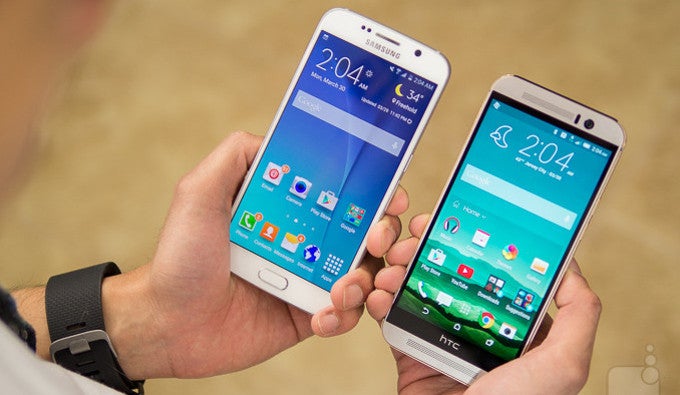What difference does OIS make: Samsung Galaxy S6 vs HTC One M9

Miniature corrections happening hundreds of times make a huge difference
Keep in mind that optical image stabilization is a physical mechanism that is built in the camera module allowing the whole module to 'float', counter-acting movements on various axes: yaw, raw, and pitch. This mechanism will make hundreds of miniature corrections, and this results in the footage looking more stable, but you can also notice a slight wobbliness around the edges of the recording.
Still, the difference in video recording between the no-OIS camera on the HTC One M9 and the optically stabilized one on the Galaxy S6 is really quite profound. Take a look at the video right below to see for yourself, and let us know how important having OIS on your phone's camera is to you.

Follow us on Google News












Things that are NOT allowed:
To help keep our community safe and free from spam, we apply temporary limits to newly created accounts: